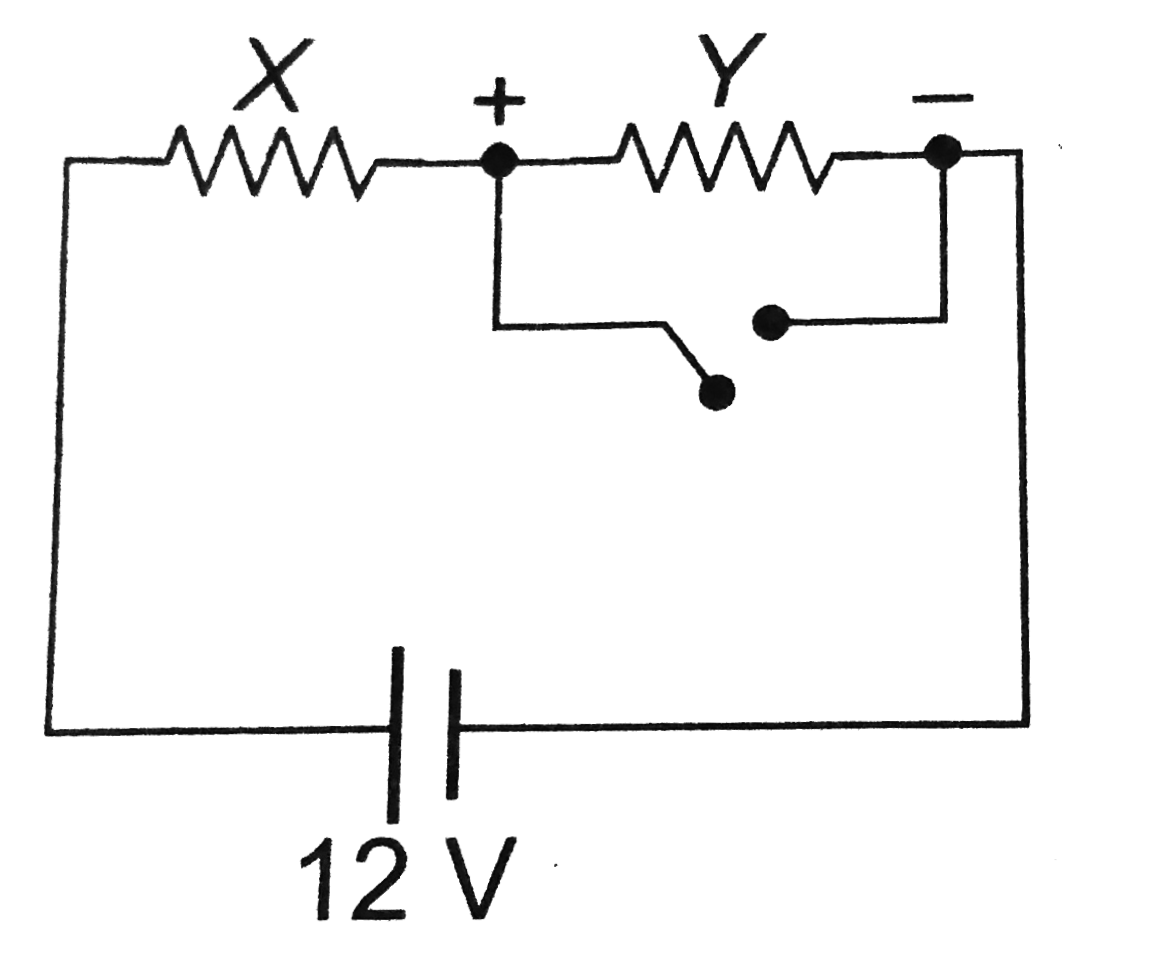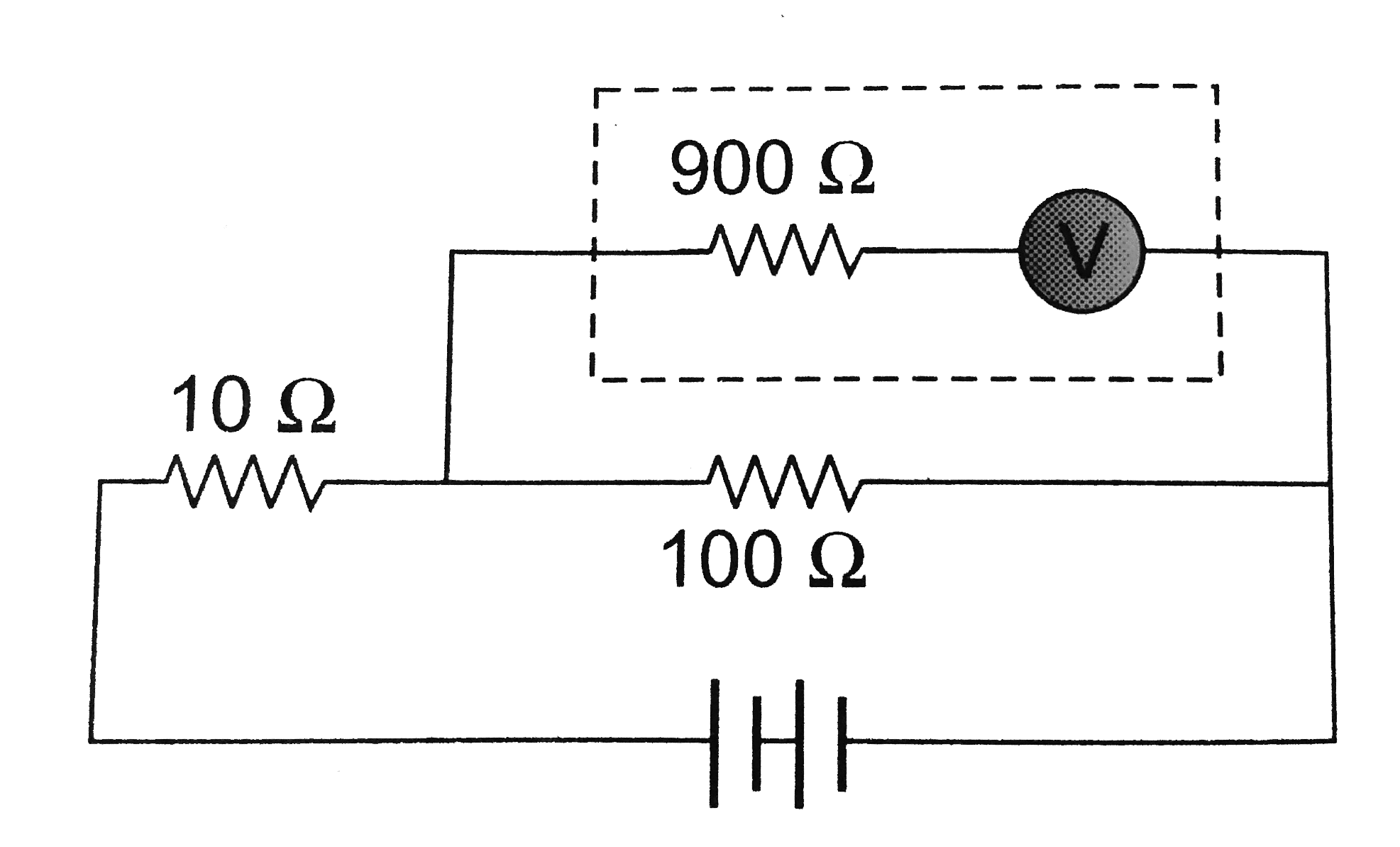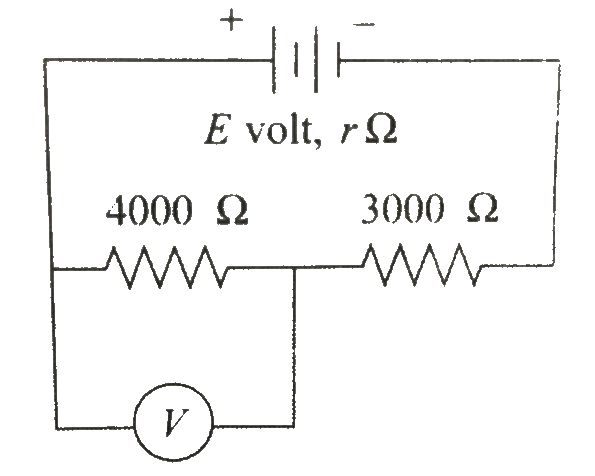Which of the following will NOT be obsered when a multimeter ( operating in resistance measuring mode ) probes connected across a component , are just reversed ?
Multimeter shows an equal deflection in both case i.e., before and after reversing the probes if the chosen component is resistor .
Multimter showns NO deflection in both cases i.e., before and after reversing the probes if the chosen component is metal wire.
Multimeter shows NO deflection in both cases i.e., before and after reversing the probes if the chosen component is capacitor
Multimeter shows a deflection , accompanied by a splash of light out of connected compoenent in one direction and NO deflection on reversing the probes if the chosen component is LED.
To solve the problem, we need to analyze the behavior of a multimeter in resistance measuring mode when the probes are reversed across different components. Let's break it down step by step.
1. Understanding Multimeter Functionality:
- A multimeter can measure voltage, current, and resistance. In resistance measuring mode, it sends a small current through the component and measures the voltage drop to calculate resistance using Ohm's Law (R = V/I).
2. Effect of Probes on Resistance Measurement:
- When measuring resistance, the polarity of the probes does not matter because resistance is a scalar quantity. Therefore, reversing the probes will not affect the reading for resistive components.
3. Analyzing Each Option:
- Option A: Multimeter shows an equal deflection in both cases if the chosen component is a resistor.
- Analysis: This is true because the resistance value remains the same regardless of probe orientation.
- Option B: Multimeter shows no deflection in both cases if the chosen component is a metal wire.
- Analysis: This is incorrect. A metal wire has resistance, and the multimeter will show a deflection indicating that resistance exists.
- Option C: Multimeter shows no deflection in both cases if the chosen component is a capacitor.
- Analysis: This is true. A capacitor does not allow DC current to flow, so the multimeter will show no deflection.
- Option D: Multimeter shows a deflection accompanied by a splash of light when connected in one direction and no deflection on reversing the probes if the chosen component is an LED.
- Analysis: This is also true. An LED is a diode that only allows current to flow in one direction, so it will show a deflection in one orientation and none when reversed.
4. Conclusion:
- The only option that will NOT be observed when reversing the probes is Option B, as a metal wire will always show some resistance, and thus a deflection will be observed.
Final Answer:
The correct answer is Option B: Multimeter shows no deflection in both cases if the chosen component is a metal wire.
- A multimeter can measure voltage, current, and resistance. In resistance measuring mode, it sends a small current through the component and measures the voltage drop to calculate resistance using Ohm's Law (R = V/I).
- When measuring resistance, the polarity of the probes does not matter because resistance is a scalar quantity. Therefore, reversing the probes will not affect the reading for resistive components.
- Option A: Multimeter shows an equal deflection in both cases if the chosen component is a resistor.
- Analysis: This is true because the resistance value remains the same regardless of probe orientation.
- Option B: Multimeter shows no deflection in both cases if the chosen component is a metal wire.
- Analysis: This is incorrect. A metal wire has resistance, and the multimeter will show a deflection indicating that resistance exists.
- Option C: Multimeter shows no deflection in both cases if the chosen component is a capacitor.
- Analysis: This is true. A capacitor does not allow DC current to flow, so the multimeter will show no deflection.
- Option D: Multimeter shows a deflection accompanied by a splash of light when connected in one direction and no deflection on reversing the probes if the chosen component is an LED.
- Analysis: This is also true. An LED is a diode that only allows current to flow in one direction, so it will show a deflection in one orientation and none when reversed.
- The only option that will NOT be observed when reversing the probes is Option B, as a metal wire will always show some resistance, and thus a deflection will be observed.
The correct answer is Option B: Multimeter shows no deflection in both cases if the chosen component is a metal wire.
Topper's Solved these Questions
Similar Questions
Which of the following gives a reversible operation ?
View SolutionWhich of the following gives a reversible operation ?
View SolutionWhich of the following is true when components forming an ideal solution are mixed?
View SolutionWhich one of the following is not a measure of central value: (a) Mean (b) Range (c) Median (d) Mode
View SolutionWhich one of the following circuits shows correct biasing of a PNP transistor to operate in active region in the CE mode-
View SolutionWhich of the following is not a measure of central tendency? (a) Mean (b) Median (c) Mode (d) Standard deviation
View SolutionWhen an ammter of negligible internal resistance is inserted in series with circuit it reads 1A When the voltmeter of very large resistance is connected across X it reads 1V. When the point A and B are shorted by a conducting wire, the voltmeter meausres 10V across the battery. The internal resistance of the battery is equal to
 View Solution
View SolutionThe potential difference across the 100Ω resistance in the following circuit is measured by a voltmeter of 900Ω resistance. The percentage error made in reading the potential difference is
 View Solution
View SolutionConsider the diagram shown below.

A Voltmeter of resistance 150Ω is connected across A and B. The potential drop across B and C measured by voltmeter isView SolutionIn Fig.6.59, when an ideal voltmetre is connected across 4000Ω resistance, it reads 30V. If the voltmeter is connected across 3000Ω resistance, it will read
 View Solution
View Solution

